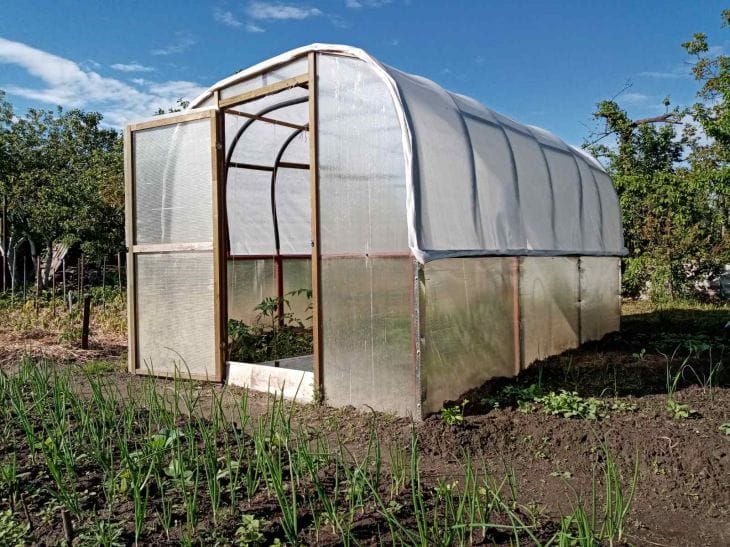While the February frosts have frozen the earth, experienced gardeners have already rolled up their sleeves.
Delay in sowing these crops threatens not only the loss of the harvest, but also empty wallets - proven in practice!
The Ogorod magazine confirms: February sowing is an investment in summer abundance.
Agronomist Lyudmila Shubina , PhD in agricultural sciences, warns: “Seedlings sown late will never reveal their potential.”
Peppers and eggplants top the list of favorites. These heat-loving crops require 65-75 days before planting in the ground.

Late-ripening varieties for greenhouses are sown from February 10, for open ground - closer to the end of the month.
Experts from the RBC Life portal remind us that overgrown seedlings adapt worse and produce a meager harvest.
Summer resident Olga from the Moscow region shares:
“I used to buy pepper seedlings, but after sowing in February I save up to 5 thousand rubles per season.”
Root celery is a slow start champion. Its dust-like seeds require early sowing due to a growing season of 150-180 days.
Agronomists advise soaking them in warm water for a day and sowing them superficially, without burying them in the soil.
“This is the only way to get juicy root vegetables the size of a fist by autumn,” notes gardening blogger Anton from Antonov Sad.
Onion Exhibition is an exception to the rule. This giant sweet onion is grown only through seedlings, and February is the last chance to get there. The seeds are soaked in hydrogen peroxide to speed up germination, and the finished seedlings are planted in May.
“I forgot to sow in February and was left without bulbs the size of an apple,” laments summer resident Marina from Krasnodar.
Garden strawberries require patience. Everbearing varieties sown in February will yield their first harvest in July.
The seeds are spread over the surface of the soil, without covering it with earth, and kept under film. “I’ve been growing it this way for three years now – there are enough berries for both food and sale,” boasts gardener Igor from Tver.
Petunia is the queen of balconies. Its small seeds are sown superficially, providing 12-14 hours of light daily.
Life magazine recommends using peat tablets: they reduce the risk of fungal diseases and simplify picking.
“Without February sowing of petunias, my garden loses 80% of its colors,” admits flower grower Svetlana from Ufa.
The Shabo carnation blooms 5-6 months after sowing. February is the deadline for those who dream of velvety inflorescences by July. The seeds are planted 3 mm deep and kept at +15°C.
“Every year I sow on February 10th – the buds open like clockwork,” says summer resident Elena from Rostov.
Late-ripening tomato varieties complete the list. Tall hybrids for greenhouses are sown at the end of February to obtain strong bushes with the first flower cluster by May.
Agronomists warn that early sowing leads to elongated stems, while late sowing leads to crop failure.
“Only February tomatoes have time to gain strength for abundant fruiting,” confirms farmer Sergei from the Lipetsk region.
Don't trust lunar calendars? Info-box24 reminds: the main thing is light and warmth. Without phytolamps, even perfectly sown seeds will turn into stunted sprouts. February is not the time for doubts.
As the famous gardener Ivan Michurin said: “Only those who have already planted everything they need can wait for the weather by the sea.”








